The Twenty First lecture "Nonlinear-optical methods for the terahertz-wave generation and detection" in "Open RQC colloquium" will be held in National University of Science and Technology MISIS
From 10:00 until 11:30
At NUST MISIS
Moscow, Leninskiy prospekt 4
Russian Quantum Center / k.kolesnik@rqc.ru
The Twenty First lecture "Nonlinear-optical methods for the terahertz-wave generation and detection" in "Open RQC colloquium" will be held in National University of Science and Technology MISIS (Moscow, Leninskiy prospekt 4) lecture hall № Б-536 (5th floor), on 7th of April 2017 at 10:00 a.m by Galiya Kitaeva, a leader of Quantum Phenomena in Optical and Terahertz Ranges Laboratory at the MSU Chair of Quantum Electronics.
Abstract
Electromagnetic radiation of the terahertz frequency range (0.1-10 THz) attracts a growing interest due to variety of promising possible applications in spectroscopy, communication, biomedical imaging, security systems and others. Nevertheless, for a long time this range was called as a “terahertz gap” closed for the use and exploration. Up to now the progress in both effective generation and sensitive detection methods that could be arranged in simple low-cost and easily-accessible compact devices is crucial for success of the most applications. This motivates specialists from various fields of physics to develop new ideas for creating the terahertz devices. Among different approaches, the nonlinear-optical methods are in the forefront for the last few decades. Based on conversion of optical energy of visible and NIR lasers into the THz gap, they are advantageous not only due to room-temperature generation of coherent directional THz radiation, but also due to possibilities of instantaneous detection using inverse frequency-conversion process. After a brief review of the generation methods, in the lecture I will discuss how engineering of nonlinear-optical quasi-phase-matched structures may be used to control the spectrum of terahertz generation under optical rectification of both femtosecond and nanosecond laser pulses. The second part of the lecture concerns detection of short terahertz pulses in the terahertz time-domain spectroscopic schemes (usually named as electro-optic sampling) and incoherent nonlinear-optical detection of continuous-wave radiation. In a standard electro-optic sampling scheme, the phase changes of polarization components of the laser radiation are measured, induced by the terahertz electric field in a nonlinear crystal, which necessarily should be of the zinc-blende symmetry. However, the use of crystals of other symmetries, with stronger nonlinearity but higher natural birefringence, is hindered. It will be shown that such crystals can be used in a simpler “probe-energy” scheme, where the terahertz-induced parameter under measurement is an energy change of the transmitted probe pulse. Due to special spectral filtering of the femtosecond optical pulses, this simple scheme can be sufficiently more sensitive than the standard one. Substantial improvement of sensitivity, up to 2 orders of magnitude, has been achieved recently. The incoherent detection via parametric up-conversion of the terahertz frequency is free of any restrictions imposed by the mode of the THz wave generation. Requirements to the pump power are not as high as in case of nonlinear-optical THz generation, and we demonstrate spectrally resolved room-temperature detection of continuous wave source using 100 mW laser radiation as a pump. Fluctuation fields at idler (terahertz) frequencies are detected also as background “noise” signals at optical output frequencies of the nonlinear-optical parametric up-convertor. These signals appear in the anti-Stokes part of the spectrum due to sum-frequency generation process between thermal fluctuations and pump fields, and in the Stokes part of the spectrum due to difference-frequency generation and spontaneous parametric down-conversion of the pump radiation. Possibility of calibration of spectral brightness of terahertz sources will be discussed considering as references the brightness of classical thermal fluctuations and the effective brightness of quantum zero vacuum fluctuations.
Biography
Galiya Kitaeva graduated from Lomonosov Moscow State University (MSU) in 1976. Working at MSU since graduation, she studied applications of spontaneous parametric down-conversion effect in quantum photometry and spectroscopy of phonon polaritons, also taking advantage of the nonlinear-optical processes in periodically poled crystals and other spatially inhomogeneous solid structures. In 1982 she received PhD and in 2002 received her Doctor of Science Degree, both in MSU. She was a visiting Professor at National University of Singapore, Paderborn University, Friedrich-Alexander-Universität Erlangen-Nürnberg. Since 2006 develops new methods for the terahertz wave generation, detection and spectroscopy. Starting from 2016 Galiya is a leader of Quantum Phenomena in Optical and Terahertz Ranges Laboratory at the MSU Chair of Quantum Electronics.
Please don't forget to take passport for entering to the University. We will meet you at the guard desk.
FREE ENTRANCE.





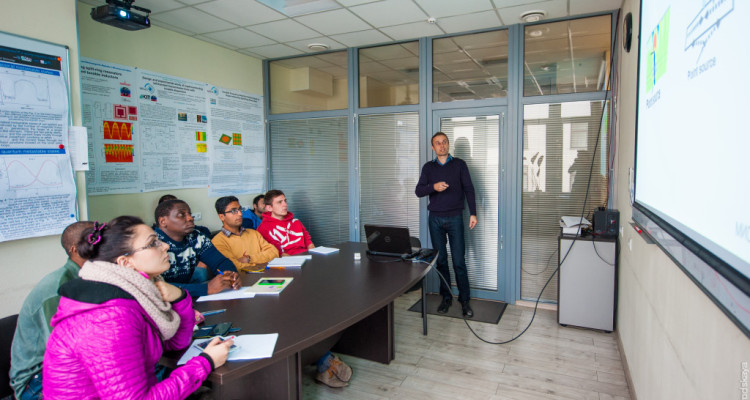
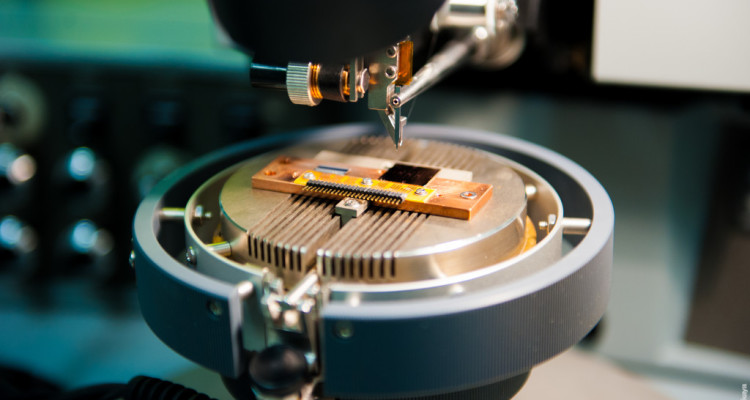
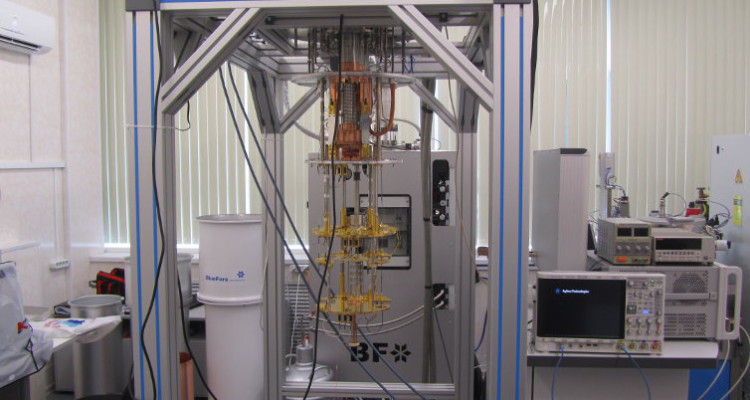
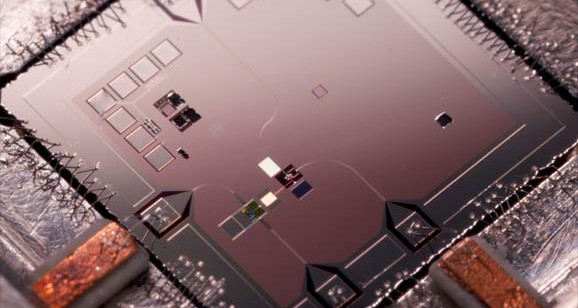
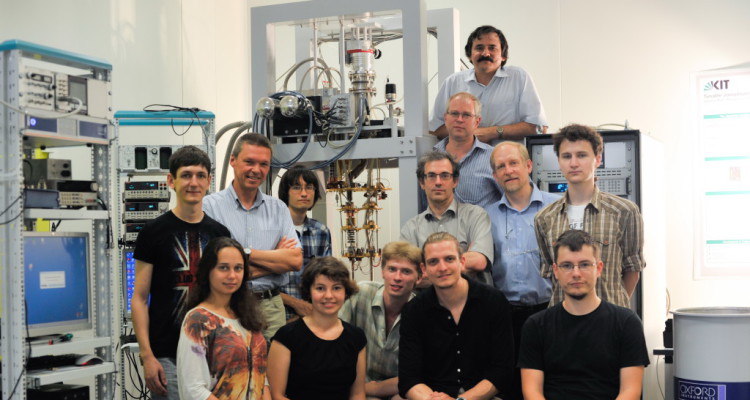
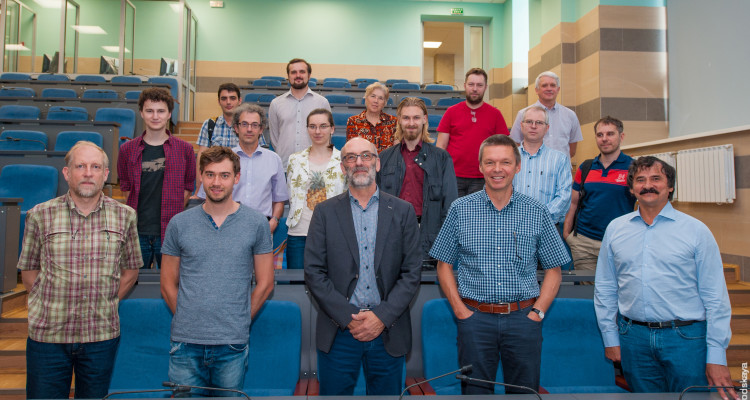
 28 March 2017
28 March 2017 